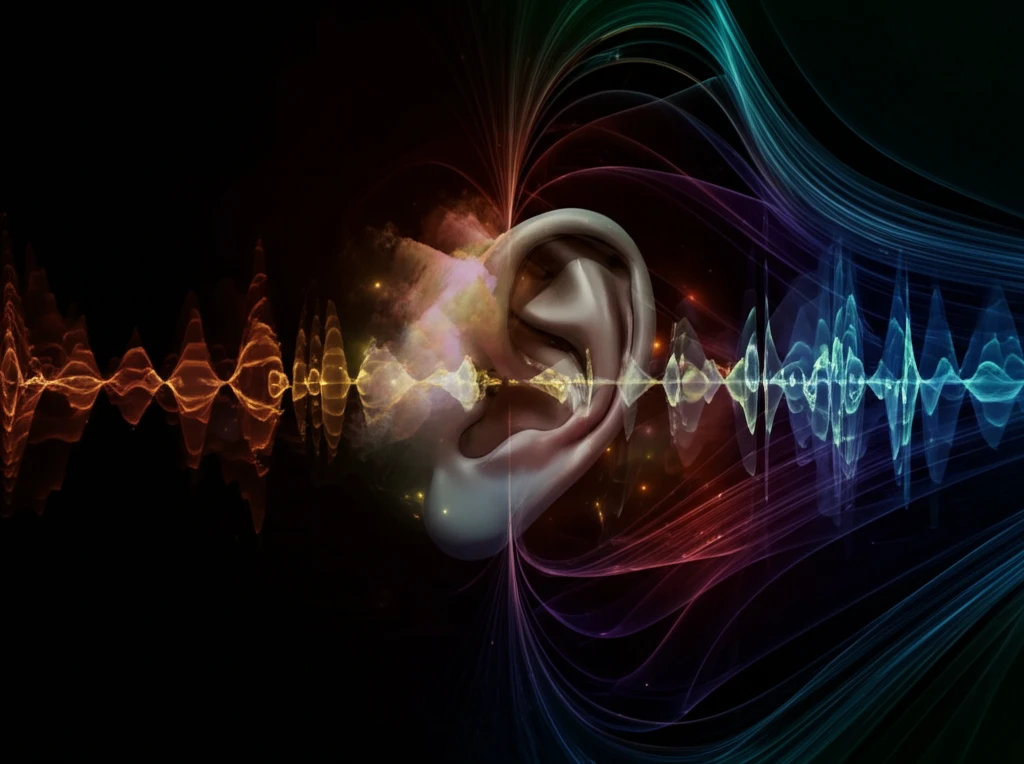
Unlocking Silence: How Experimental Art is Redefining Voice and Hearing
"Discover how artists are challenging our perceptions of silence and sound, paving the way for new understandings of communication and disability."
For centuries, the concepts of 'voice' and 'hearing' have been cornerstones of human communication and understanding. What happens when these fundamentals are challenged and reshaped by the avant-garde? Experimental music and performance art are now radically questioning the established limits of hearing, voice, and even silence itself. This article delves into this fascinating intersection, revealing how artists are not only pushing creative boundaries but also fostering deeper insights into communication and disability.
The traditional notions of sound and speech often exclude or marginalize those who experience the world differently, particularly individuals with hearing impairments or speech disabilities. By exploring the works of innovative artists, we can reconsider normative assumptions about what constitutes 'valid' communication. This exploration reveals the potential for a more inclusive and nuanced understanding of voice and hearing.
Prepare to have your assumptions challenged as we explore groundbreaking works, including Brandon LaBelle's rendition of John Cage's 'Lecture on Nothing' and Nicholas Isherwood's interpretation of Maurizio Kagel's 'Phonophonie.' These pieces serve as critical lenses through which we can examine the evolving relationship between silence, sound, and human expression. Each offers a unique perspective on the diverse possibilities of voice and communication.
Redefining the Boundaries: 'Lecture on Nothing' and 'Phonophonie'

Brandon LaBelle’s interpretation of John Cage’s 'Lecture on Nothing' is a pivotal work in this re-evaluation. LaBelle’s rendition features an audio recording of the text read by David Kurs, a deaf person. This bold choice challenges listeners to reconsider their preconceived notions about speech and communication. By featuring a voice that defies conventional expectations, LaBelle prompts us to ask: What does it mean to speak without hearing one’s own voice? This question invites a profound exploration of the physical and performative aspects of speech.
- To what extent can one hear one's voice in the act of speech?
- What is truly being communicated in this process?
- Who is entitled to speak, and in what way?
- Ultimately, what is heard beyond the conventional understanding of speech?
Toward a More Inclusive Soundscape
By challenging traditional notions of voice and hearing, experimental artists are paving the way for a more inclusive and nuanced understanding of communication. These artistic explorations dismantle normative attributions and celebrate the diverse possibilities of human expression. As we continue to engage with these groundbreaking works, we move closer to a world where all voices are heard and valued. The journey through 'Lecture on Nothing' and 'Phonophonie' invites us to reimagine the very essence of how we communicate and connect with one another.
